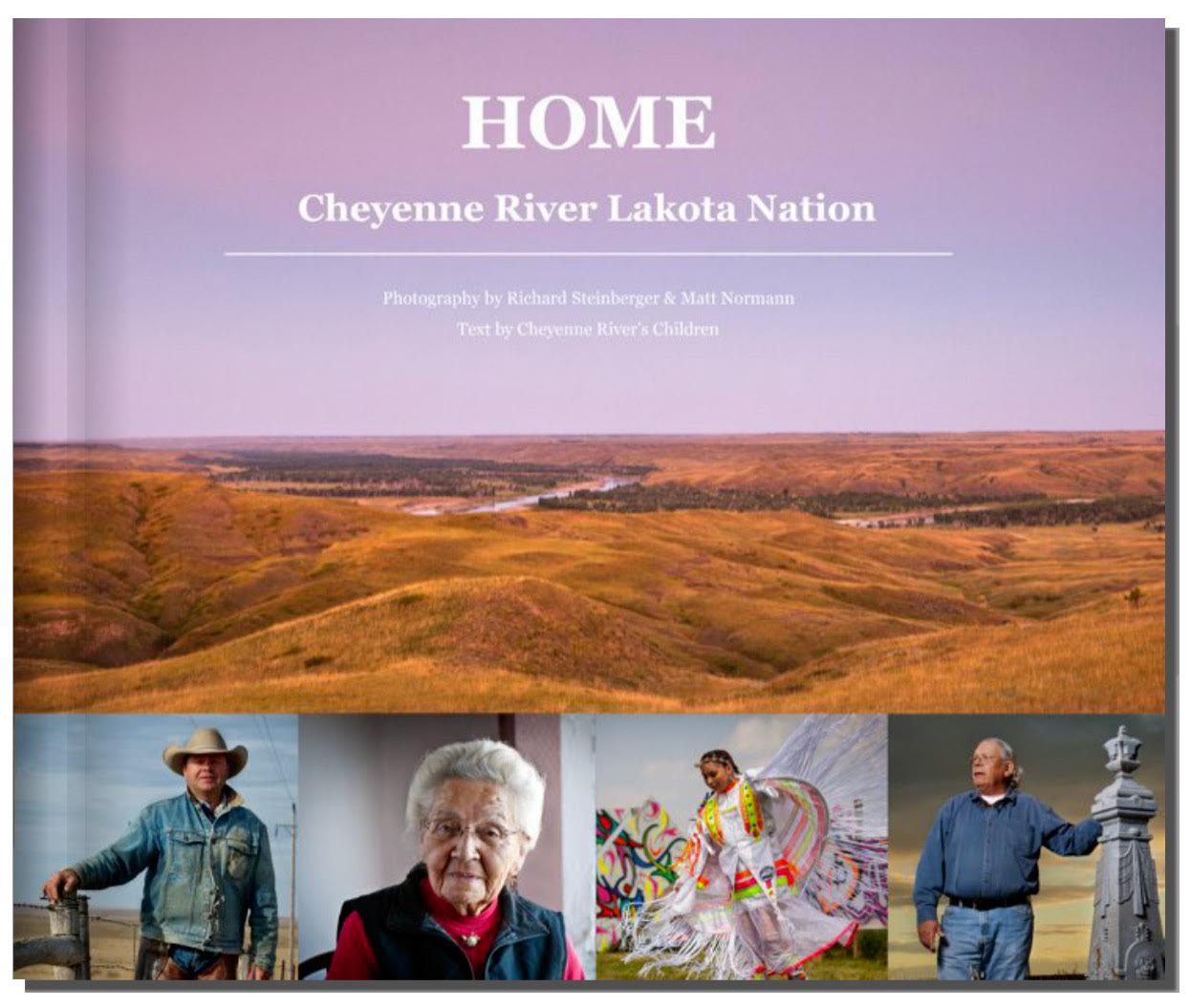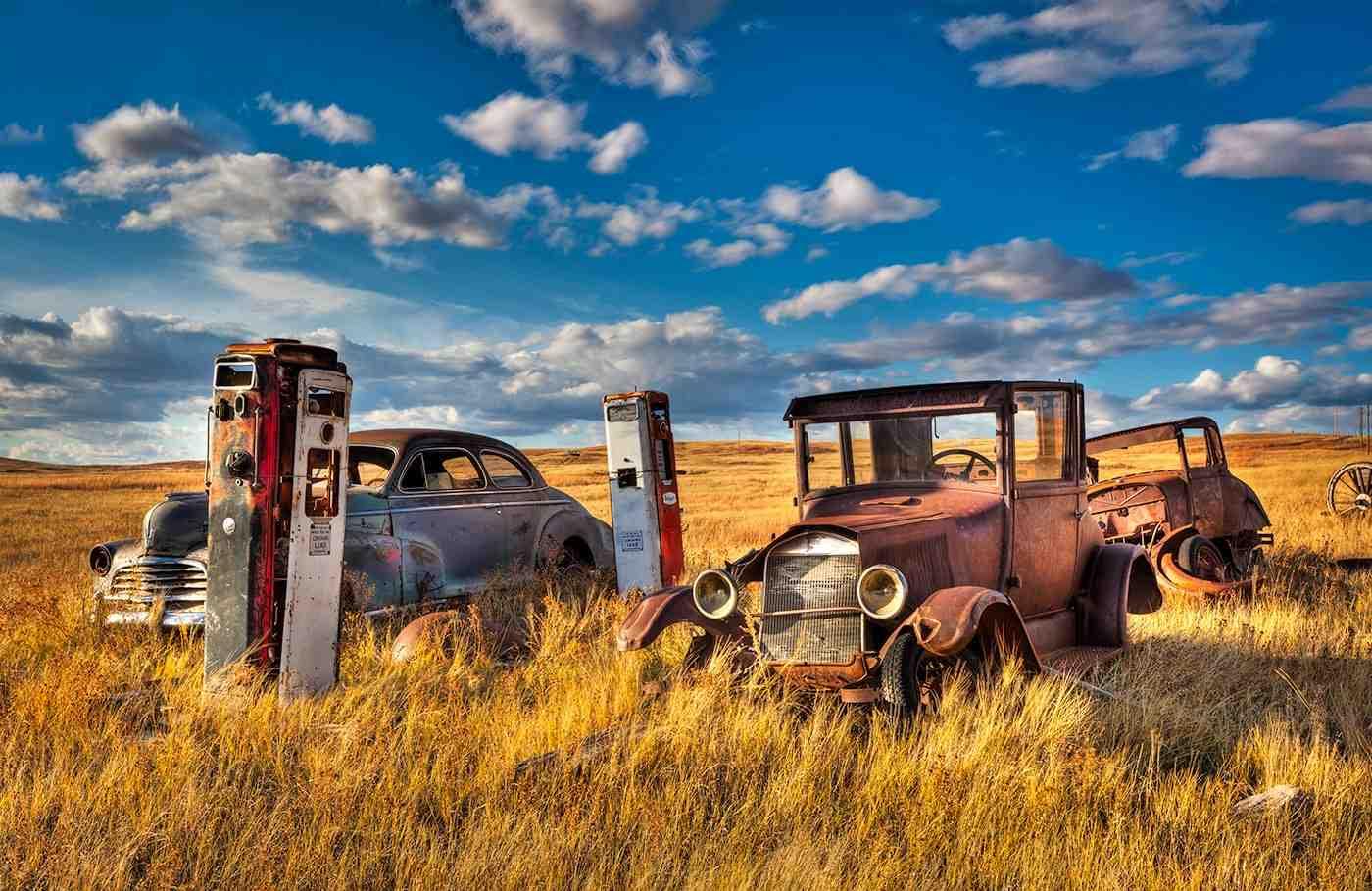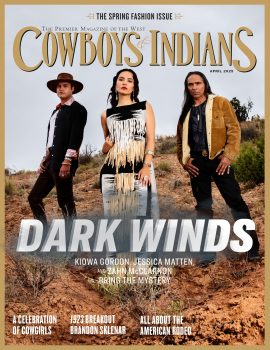
Two photographers set out to document the 2.8 million-acre reservation that the Cheyenne River Lakota Nation calls home.
Created in 1889, the Cheyenne River Indian Reservation in South Dakota once served as home to Chief Sitting Bull, before he was killed outside of his cabin along the Grand River by Indian police officers sent to suppress a feared uprising. Today, it spreads across more than 2.8 million acres and is home to approximately 8,000 Native Americans, many of whom live in tiny communities below the poverty line.
Photographers Richard Steinberger and Matt Normann trekked throughout the reservation over a period of four years, seeking to capture the area's residents and the beauty of the land that they call home. Steinberger and his wife, Heather, compiled the photos into Home: Cheyenne River Lakota Nation, a coffee-table book that showcases a unique pairing of powerful images and heartfelt pieces of writing.
“It was a marathon; it wasn’t a sprint,” Heather says when describing the process of gathering material and putting together the book. “[The team] traveled hundreds of miles in every kind of weather imaginable. We didn’t just go in, we [wanted to be] open to what the community had to say. We spent so much time talking to people, and I think that’s why this truly came together.”
The images are accompanied by 40 creative writing pieces provided by high school students from the Dupree and Timber Lake school districts of Cheyenne River. “Four Bands Community Fund connected us with the schools and made the writing project an assignment,” Heather says. Each student was given the task of writing about their community, and the results are remarkable. “The kids provided wonderful pieces of work. Every poem or piece of writing we received varied. We had kids who just wrote about home, and then we had some who dug deeper and wrote about growing up in the community and how people perceived them, and how that made them feel. The book has some really great stories to tell.”

One of the most fascinating images is a portrait of an older lady by the name of Marcella LeBeau. LeBeau is a respected elder on the reservation and has accomplished a great deal in her lifetime. She was a nurse in World War II, where she tended the injured on D-Day and at the Battle of the Bulge. Her greatgrandfather, Joseph Four Bear, signed the 1868 Fort Laramie Treaty, which established the Great Sioux Reservation. “She’s such a graceful older lady,” Heather says. “When I look at her portrait, I see all the richness of Lakota history."
Not only has the book been successful in bringing awareness to the Lakota community, Home: Cheyenne River Lakota Nation supports local youth, with 100 percent of the proceeds going to support youth programming and family services at the nonprofit Cheyenne River Youth Project in Eagle Butte.“[Home] wasn’t about [us],” Heather says. “[I]t is such a great way for a community to celebrate itself.”

















